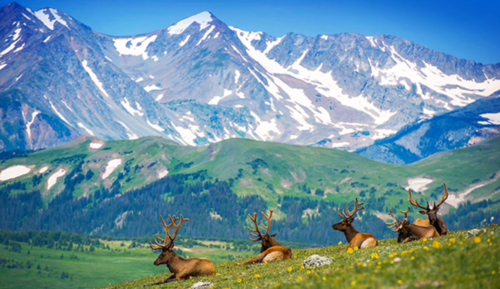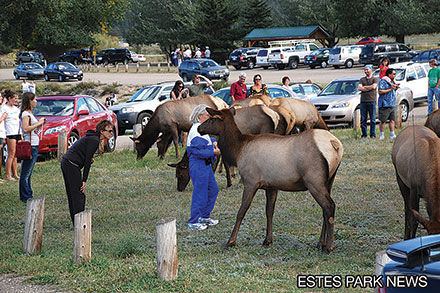greatwhitebuffalo
Active member
A few points didn't quite add up in this piece, but maybe some of you biologists out there can clue me in?

 api.nationalgeographic.com
api.nationalgeographic.com

25 years after returning to Yellowstone, wolves have helped stabilize the ecosystem
New research shows that by reducing populations and thinning out weak and sick animals, wolves have a role in creating resilient elk herds.







